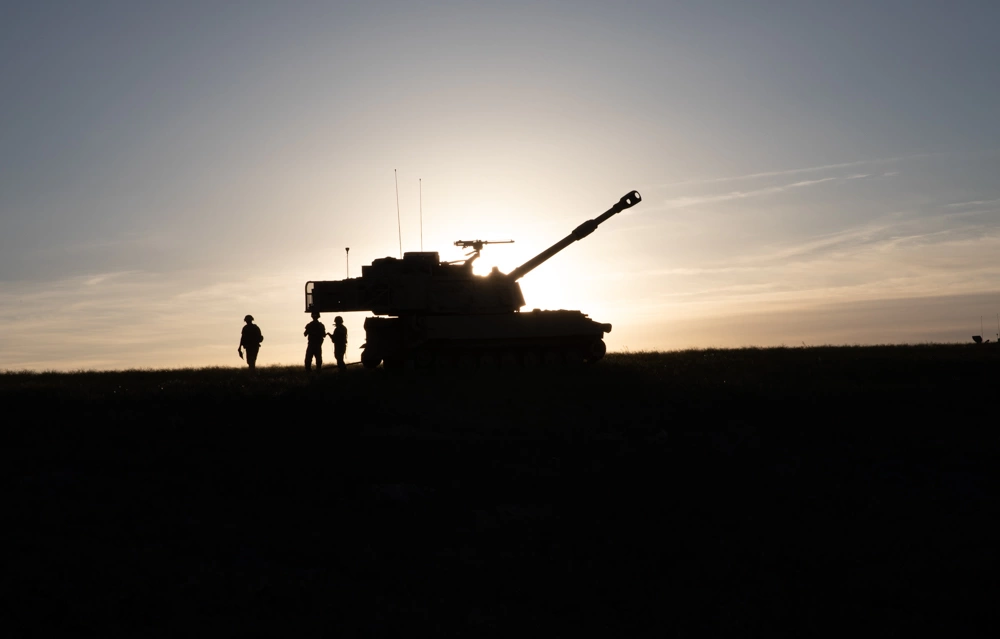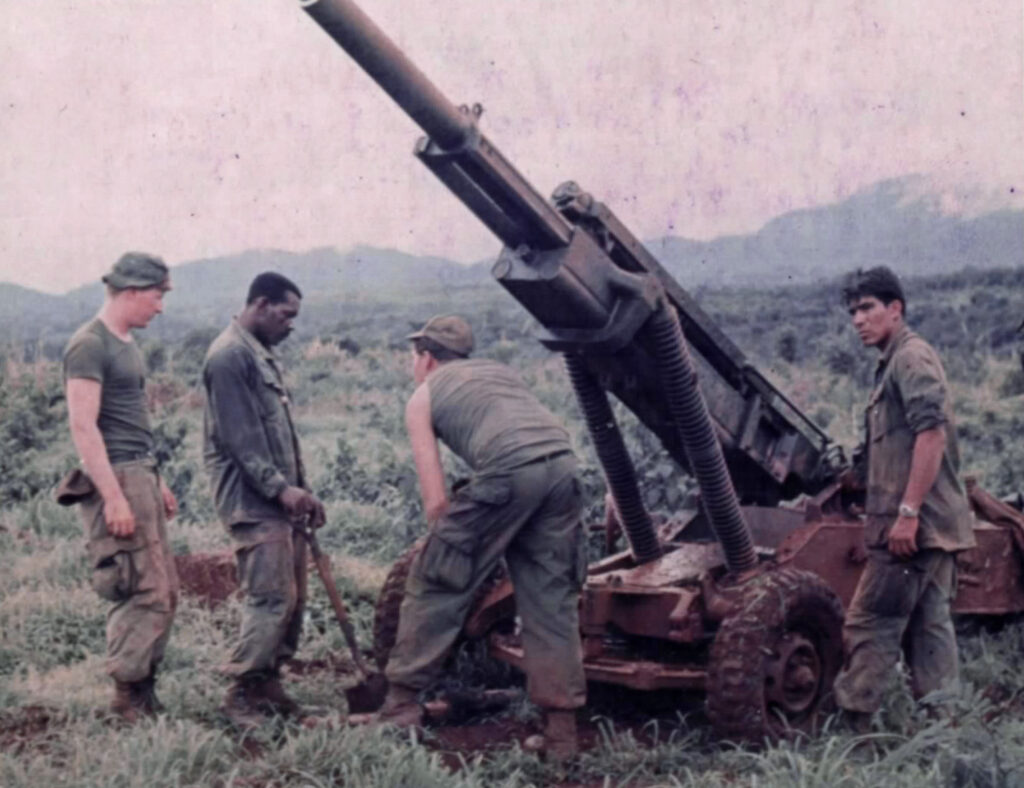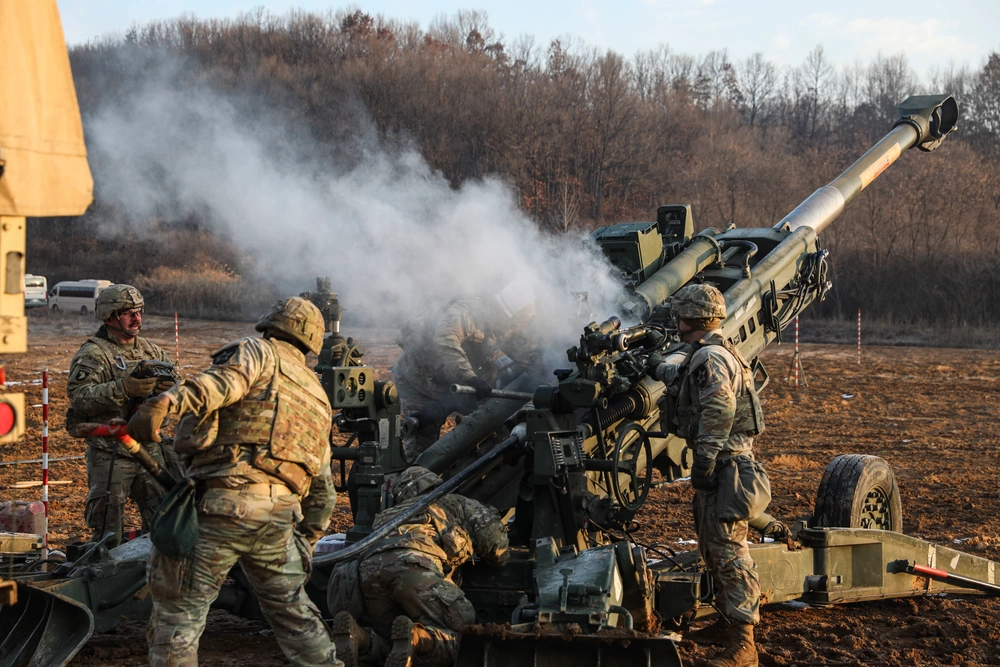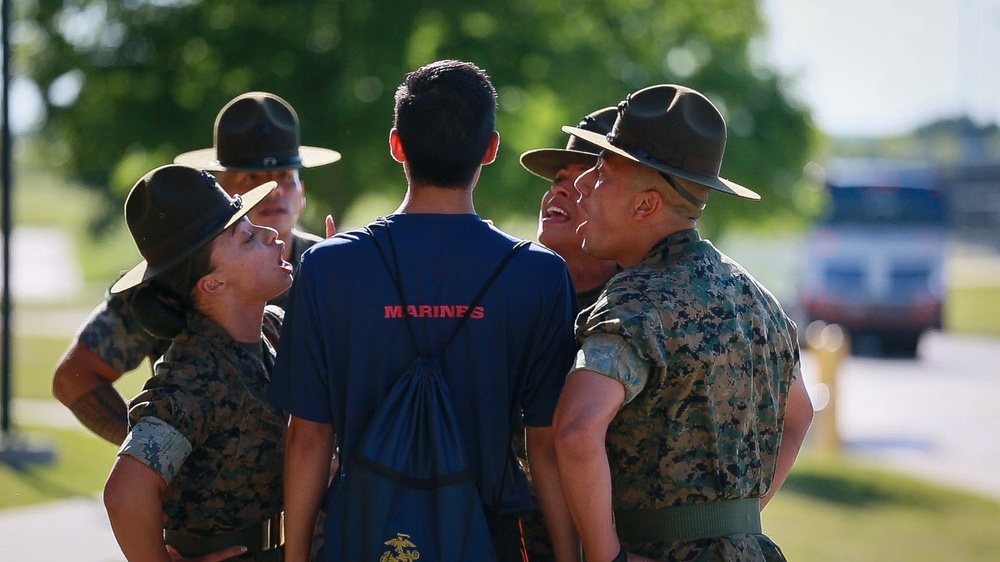The unique world and uses of howitzers
- By Travis Pike
Share This Article

I had always assumed the term “howitzer” was derived from an actual person. That sounds silly, but it happens fairly often in military weapons and terminology. If you doubt me, meet Mr. Henry Shrapnel, the guy who invented shrapnel. Was it really to crazy to think a Henry Howitzer existed?
“Howitzer,” however, is a term that slowly evolved and entered the English lexicon. The term originated in the Hussite Wars of the early 15th century from the short barreled houfnice cannons. These cannons were used at short range to direct fire into crowds of infantry and heavy cavalry.
That term slowly metamorphosed into “haussnitze” then “haubitze.” The Scandinavians called it the “haubits,” the Polish the “haubica.” The Dutch called in the “houswitser” which eventually led to the term howitzer.
What’s a howitzer?
Originally, the howitzer was used a direct-fire cannon specifically aimed at groups. Yet, the modern use of the howitzer comes from right around World War I.
Artillery pieces were responsible for most deaths in World War I. Artillery was a devastatingly effective weapon that is still called the “King of Battle” to this day. Modern howitzers used to be called “gun-howitzers,” which is ultimately a more appropriate name when you consider the definition of both a gun and a howitzer.
That leads us to another interesting point of discussion: What’s the difference between a gun and a howitzer? The question depends on who defines it. Sadly there isn’t a definite answer amongst every military force, but we do have a general acceptable definition.
Guns shoot faster and further and use a single charge propellant to do so. They have a maximum elevation generally less than 45 degrees. On the flip side, howitzers have a lower velocity and a shorter range. Howitzers use a multi-charge propellant, and their max elevation is typically more than 45 degrees.
A combination of these features creates a weapon that can be used for direct and indirect fire.
Modern howitzers have a long barrel and are capable of achieving up to 70 degrees of elevation. They fire high-velocity ammunition design that typically exceeds 120mms, but that’s not always the case.
Related: Five things the US fired out of cannons besides artillery rounds
Combining direct and indirect fire

Howitzers can shoot at targets both directly and indirectly, which helps the weapon stand apart from other artillery pieces. To understand these big guns you have to understand what advantage this flexibility offers to the end user.
Indirect fire is how you picture artillery firing: the gun fires a round upward and that then comes down and hits the target. This allows the artillery piece to arc round upward thereby increasing its range and allowing it to shoot over obstacles.
An indirect fire round doesn’t require the user to see the target and can be shot over trees, trenches, buildings, and more. This method is how artillery units can maximize their range and attack targets that are covered from direct fire. Indirect fire rounds are extremely useful against entrenched enemies.
Direct fire is exactly what it sounds like: the weapon is aimed at the line of sight of the gun crew. It’s launched directly at the target in what is mostly a straight line. This requires an unobstructed view of the target. Direct fire is how any small arm is fired and that’s also applied to artillery when it comes to howitzers.
Direct fire can be used as a defensive measure to deal with penetration by enemy armor. Additionally, howitzers can be loaded with antipersonnel rounds like the Beehive and use techniques like Killer Junior to deal with infantry attacks. Direct fire was used with the M777 artillery piece against the Taliban by the 321st Field Artillery.
The world of modern howitzers

The modern howitzers used by the U.S. military include the M119, a 105mm gun that’s towable behind a HMMWV. We also use the larger, 155mm M777 howitzer, which is also towable, but by vehicles with a 2.5 ton greater payload capacity. These are traditional emplaced artillery pieces that have been utilized extensively during the Global War On Terror.
The U.S. also uses the M109 howitzer that is the self-propelled treaded artillery piece most commonly used by western forces. The M109 has a 155mm turret that offers indirect-fire support and direct fire capabilities. The M109 has been proving its worth since 1962. It has changed and evolved over time and remains a capable artillery piece.
The howitzer will likely serve for decades, yet if the United States Marine Corps is any indication of the future, the HIMARS, or High Mobility Artillery Rocket System, will take over since it offers a lot more range and precision compared to traditionally howitzers and artillery as a whole.
As seen in Ukraine, the Russians – and most of the world – don’t have anything to match the HIMARS. It’s clear the future will be the HIMARS, but as a whole it will be a long time before the sun sets on howitzers.
Feature Image: A M109 Paladin from 1st Battalion, 145th Field Artillery Regiment, 65th Field Artillery Brigade, Utah National Guard, and its crew sit silhouetted on a hill waiting for a fire mission during Western Strike 22, at Orchard Combat Training Center, Idaho, June 10, 2022. (Photo by Staff Sgt. James Bunn/128th Mobile Public Affairs Detachment)
Read more from Sandboxx News
- Do sailors have a future in the US Navy? No, according to former Army general
- Did we just get our first glimpse of America’s new stealth fighter?
- New master’s degree will train Top Gun pilots on foreign adversaries and space warfare
- What are the differences between the six generations of fighter aircraft?
- The F-22 Raptor is more powerful than you think
Related Posts
Sandboxx News Merch
-

‘AirPower’ Classic Hoodie
$46.00 – $48.00 Select options This product has multiple variants. The options may be chosen on the product page -

‘Sandboxx News’ Trucker Cap
$27.00 Select options This product has multiple variants. The options may be chosen on the product page -

‘Kinetic Diplomacy’ Bumper Sticker (Black)
$8.00 Add to cart

Travis Pike
Travis Pike is a former Marine Machine gunner who served with 2nd Bn 2nd Marines for 5 years. He deployed in 2009 to Afghanistan and again in 2011 with the 22nd MEU(SOC) during a record-setting 11 months at sea. He’s trained with the Romanian Army, the Spanish Marines, the Emirate Marines, and the Afghan National Army. He serves as an NRA certified pistol instructor and teaches concealed carry classes.
Related to: Gear & Tech, Military History

The Switchblade, loitering munitions, and the new terrifying face of warfare

5 ways to prepare and survive the Marine Corps boot camp

Barrett’s Squad Support Rifle System will make infantry squad deadlier
Sandboxx News
-

‘Sandboxx News’ Trucker Cap
$27.00 Select options This product has multiple variants. The options may be chosen on the product page -

‘AirPower’ Classic Hoodie
$46.00 – $48.00 Select options This product has multiple variants. The options may be chosen on the product page -

‘AirPower’ Golf Rope Hat
$31.00 Select options This product has multiple variants. The options may be chosen on the product page -

‘Sandboxx News’ Dad Hat
$27.00 Select options This product has multiple variants. The options may be chosen on the product page
